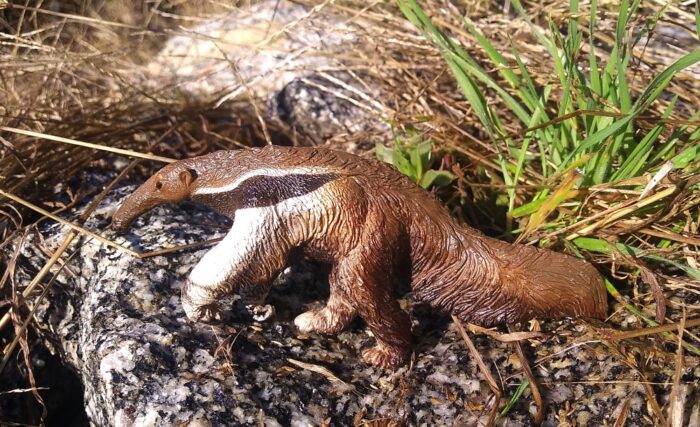Review and images by Sam; edited by bmathison1972
The giant anteater (Myrmecophaga tridactyla) is an animal of unusual proportions. These insectivorous mammals are native to the tropical rainforests and grasslands of Central and South America, and in Brazil, they are known as tamanduá-bandeira, which translates to “flag anteater,” a reference to their big, fanlike tail.








